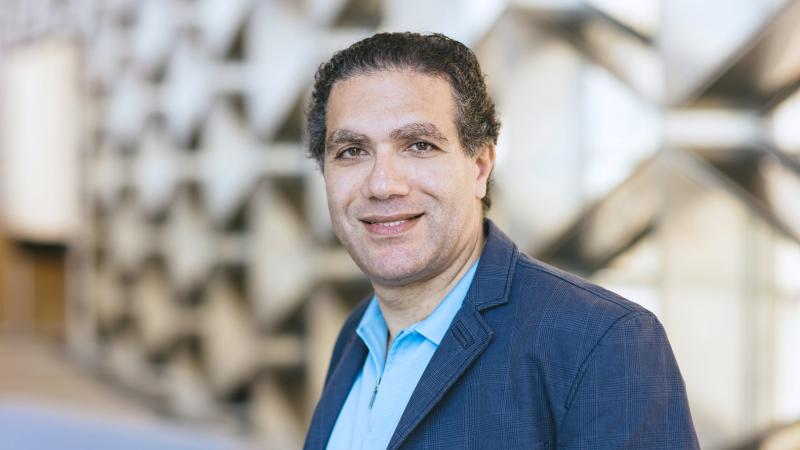Abstract
The next technological revolution, Industry 4.0, is envisioned as a digitally connected ecosystem where machines and gadgets are driven by artificial intelligence. By 2025, more than 75 billion devices are projected to serve this revolution. Many of which are to be integrated into the fabrics of everyday life in the form of smart wireless sensors. Still, two major challenges should be addressed to realize truly wireless and wearable sensors. First, the sensors should be flexible and stretchable, allowing for comfortable wearing. Second, the electronics should scavenge the energy it requires entirely from the environment, thus, eliminating the need for batteries, which are bulky, create ecological problems, etc. By addressing these two challenges, this dissertation paves the way for truly wearable sensors.
The first part of the dissertation introduces a biocompatible magnetic skin with exceptional physical properties. It is highly-flexible, breathable, durable, and realizable in any desired shape and color. Attached to the skin of a user, the magnetic skin itself does not require any wiring, allowing to place the electronics and delicate components of the wireless sensor in a convenient nearby location to track the magnetic field produced by the magnetic skin. To demonstrate the performance of the magnetic skin, wearable systems are implemented as an assistive technology for severe quadriplegics, a touchless control solution for eliminating cross contaminations, and for monitoring blinking and eye movement for sleep laboratories.
The second part of the dissertation is about wirelessly powering wireless sensors. In doing so, radio frequency (RF) rectifiers are a bottleneck, especially for ambient RF energy harvesting. Therefore, two RF rectifiers are introduced in standard CMOS technologies. The first architecture utilizes double-sided diodes to reduce the reverse leakage current, thus achieving a high dynamic range of 6.7 dB, -19.2 dBm sensitivity, and 86% efficiency. The second rectifier implements a dual-mode technique to lower the effective threshold voltage by 37%. Consequently, it achieves a 38% efficiency at −35 dBm input power and a 10.1 dB dynamic range while maintaining the same efficiency and sensitivity. Ultimately, combining these wireless powering techniques with the magnetic skin allows for truly wireless and wearable solutions.
Brief Biography
Abdullah Almansouri received the B.Sc. degree (Hons.) in Electronics and communication engineering from the Royal Melbourne Institute of Technology University (RMIT), Melbourne, VIC, Australia, in 2013, and the M.S. degree in Electrical Engineering from the King Abdullah University of Science and Technology (KAUST), Thuwal, Saudi Arabia, in 2016, where he is currently pursuing the Ph.D. degree. His research interests revolve around wireless sensors, including wireless powering using CMOS technology, energy harvesting, and low-power wearable sensors.

